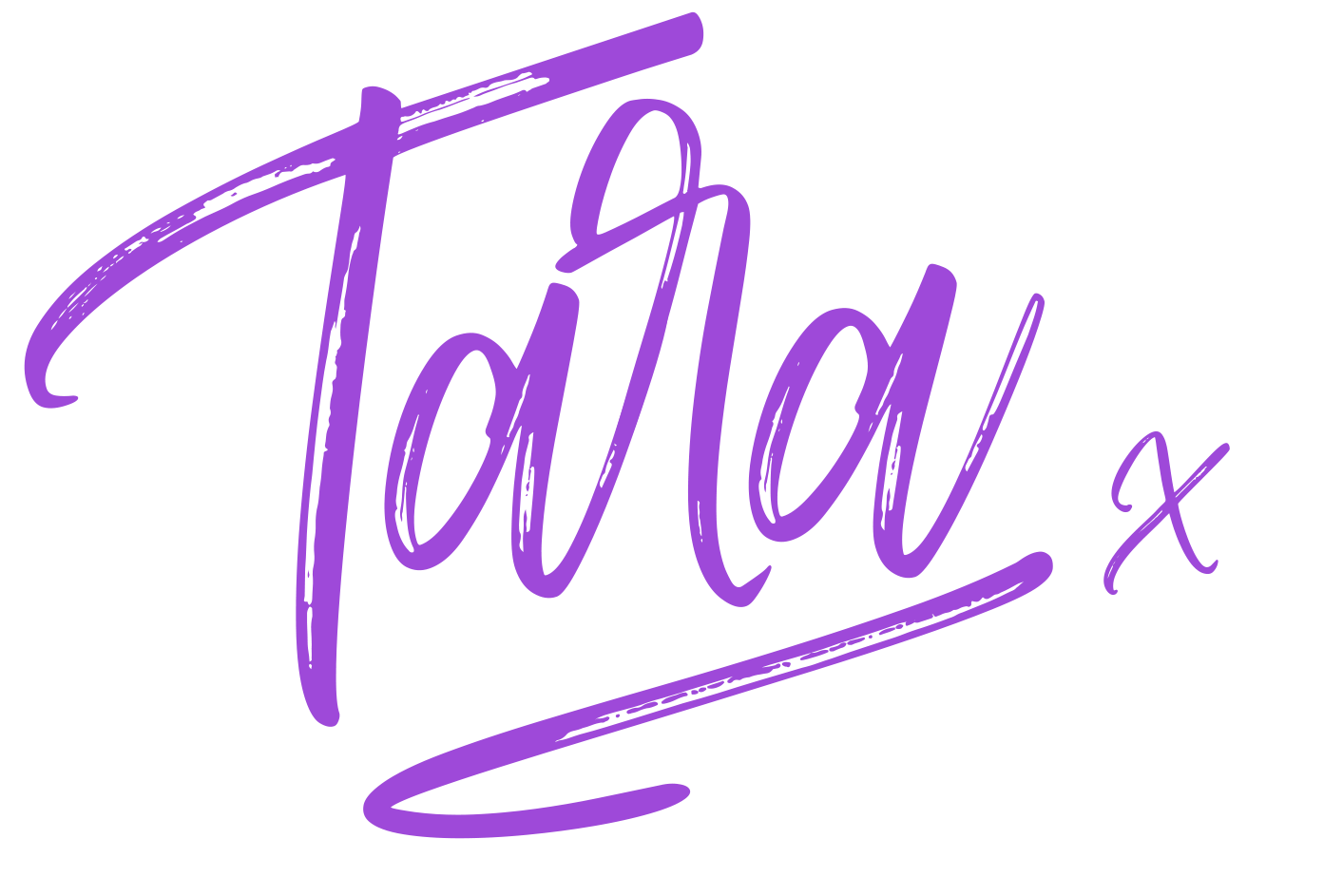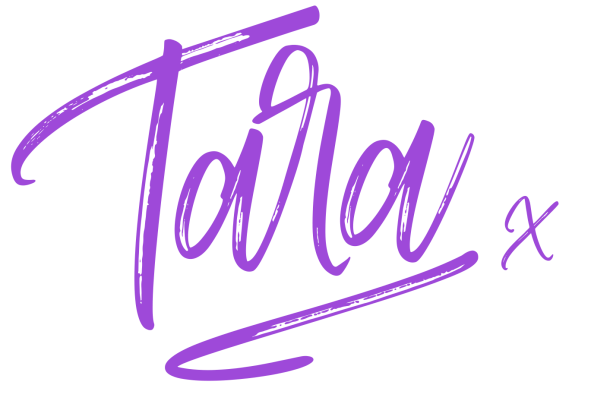Welcome
Blog
All my latest Case Studies and News
What is your sensory Language?


What is your sensory Language?
Our everyday experiences are rich with sensory input, yet most of us are unaware of the unique way we process and interpret the world around us. Each individual has a predominant sensory language, which influences how they perceive and interact with their environment. In this article, we will explore the concept of sensory language, delve into the primary modalities, and discuss how understanding our sensory language can enhance our learning and communication abilities.
The Five Senses: Building Blocks
To comprehend the concept of sensory language, it is essential to understand the five senses: sight, hearing, touch, smell, and taste. These senses serve as the foundation of our sensory experiences, allowing us to perceive the world in various ways. However, it is the interplay between these senses and our unique processing abilities that gives rise to our individual sensory language.
Unveiling Your Sensory Language
Your sensory language represents the way you predominantly perceive and process sensory information. By identifying your sensory language, you gain valuable insight into your learning style and communication preferences. Here, we will explore three primary sensory languages:
Visual Language: Individuals with a dominant visual language rely heavily on their sense of sight to comprehend and remember information. They are often visually oriented, preferring to learn through visual aids, diagrams, and images. Communication for visual learners is enhanced through visual cues, gestures, and non-verbal expressions.
Auditory Language: Those with an auditory language tend to process information primarily through sound and speech. They learn best through listening, and their communication style may emphasize verbal exchanges, discussions, and storytelling. Auditory learners often possess excellent memory for spoken information.
Kinaesthetic Language: Individuals with a kinaesthetic language have a strong preference for tactile and physical experiences. They learn best through hands-on activities, movement, and direct interaction with their environment. Kinaesthetic learners often rely on gestures and body language during communication.
The Influence of Sensory Language
Understanding our sensory language goes beyond mere self-awareness. It can significantly impact our learning, communication, and overall understanding of the world. Here are a few ways in which sensory language influences our lives:
Learning Styles: By recognizing our dominant sensory language, we can tailor our learning strategies accordingly. Visual learners benefit from visual aids, auditory learners from discussions or lectures, and kinaesthetic learners from hands-on experiences.
Communication Preferences: Awareness of our sensory language enables us to adapt our communication style to better connect with others. Knowing the sensory language of those around us allows us to choose appropriate channels and modes of communication, fostering effective and meaningful interactions.
Memory and Recall: When information aligns with our sensory language, it becomes easier to process, retain, and recall. By leveraging our preferred sensory modalities, we can optimize our memory and enhance our ability to retrieve information.
Embracing and Harnessing Diversity
It’s important to note that sensory language is not an exclusive trait. While individuals may have a predominant sensory language, we all possess varying degrees of sensitivity across different modalities. Embracing the diversity of sensory languages enables us to appreciate different perspectives, collaborate more effectively, and create inclusive learning and communication environments.
Discover Your Predominant Sensory Language
Curious to know which language resonates with you the most? Take our online quiz to uncover your predominant sensory language. By answering a series of questions, you’ll gain a better understanding of how you perceive and interact with the world around you. Discovering your sensory language can provide valuable insights into your learning style, and communication preferences, and even help you optimize your personal and professional development.
Take the quiz below and unlock the secrets of your sensory language. Embrace the journey of self-discovery and gain a deeper appreciation for the unique way you experience the world.
Understanding your sensory language opens doors to self-awareness and empowers you to enhance your learning, communication, and overall understanding of the world. By taking the quiz, you’ll embark on a journey of self-discovery that will enable you to leverage your predominant language to its fullest potential.

I put the physical details of the past life subject into into an AI image generator and this is the image it produced.
Share
Reading Time: 3 minutes
Popular Posts
Categories
Newsletter
Sign up to receive new content directly into your inbox.





Leave a Reply